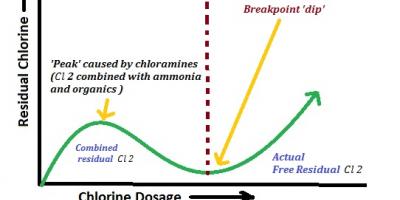Horrock’s Apparatus
Horrock’s apparatus is used for estimating the dose of bleaching powder needed to disinfect 455 Liters of water
It is used mostly while disinfecting the water in a well
Contents of ‘Horrock’s Apparatus’
• 6 white cups, each of 200 ml capacity
• One black cup with a circular mark on the inside
• 2 metal spoons (each holds 2g of bleaching powder when filled up to the brim)
• 7 glass stirring rods
• One special pipette
• Two droppers
• Starch - iodide indicator solution
• Instruction folder





